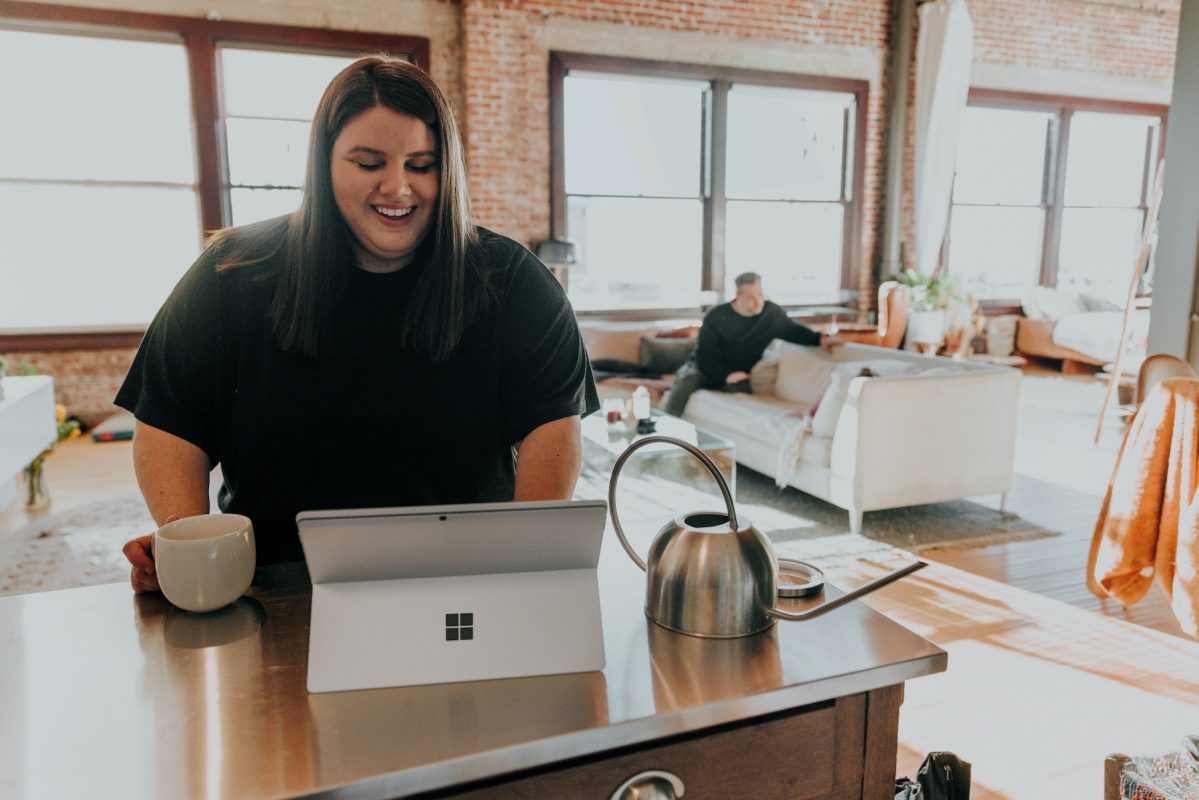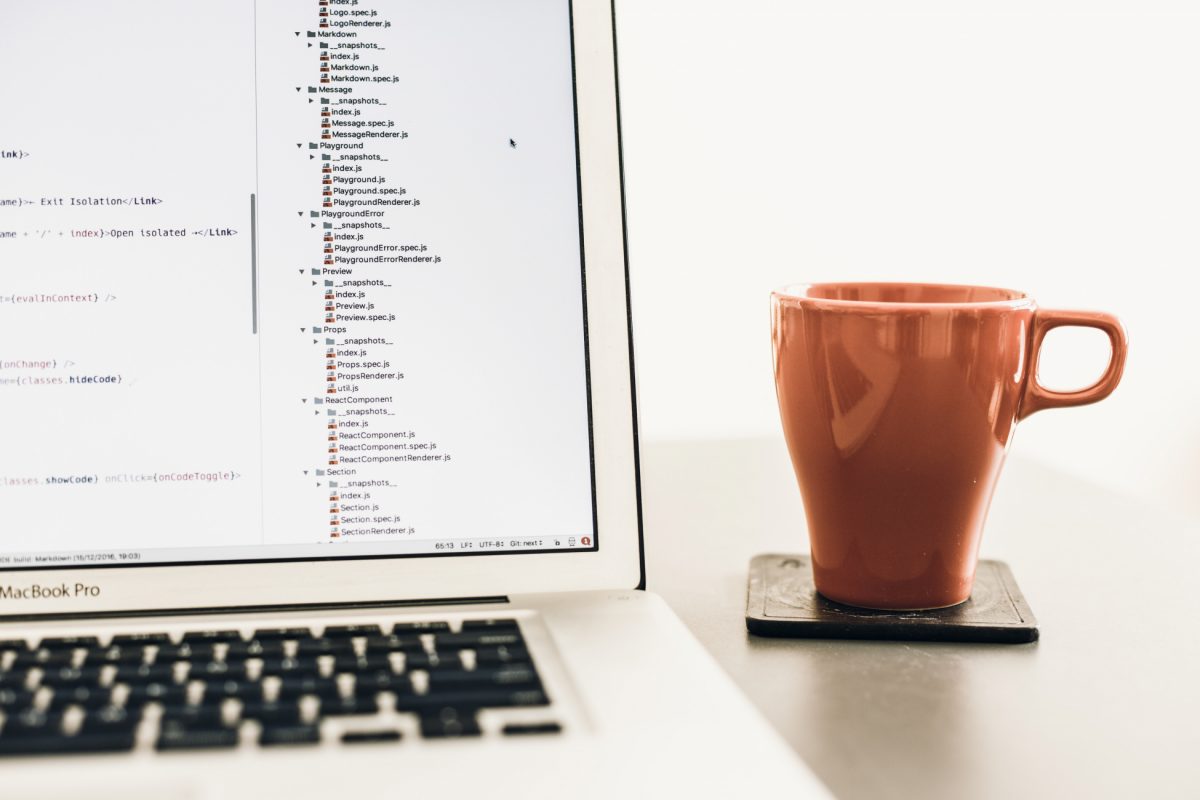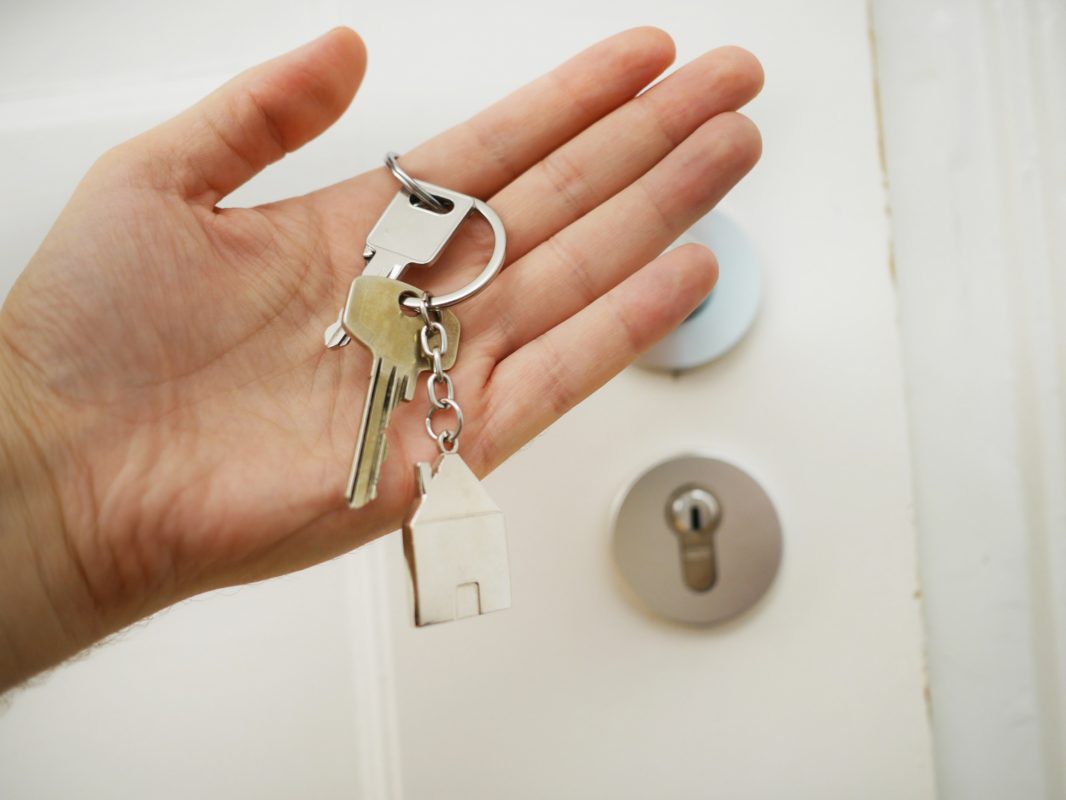Ever heard the saying, “there’s no such thing as a free lunch?” Well, when it comes to reverse mortgages, it might be more like “there’s no such thing as a free ride”—especially if that ride has more bumps than a roller coaster at an amusement park. For millennials and Gen Zers planning their financial futures, understanding every twist and turn in the reverse mortgage lane is crucial. Let's take a deep dive into what makes reverse mortgages tick, and more importantly, uncover the downsides that might have you reaching for your calculator and a stress ball.
What Is the Downside to a Reverse Mortgage Table of Contents
What Exactly Is a Reverse Mortgage?
The Hidden Costs and Fees That Could Surprise You
Impact on Home Equity and Inheritance
Restrictions and Reduced Financial Flexibility
Complexity: The Maze of Terms and Conditions
The Psychological Impact: Stress, Anxiety, and Financial Vulnerability
Market Fluctuations and Economic Risks
Comparing Reverse Mortgages with Traditional Home Equity Options
Real-Life Experiences: Lessons from the Reverse Mortgage Trenches
What to Consider Before Taking the Reverse Mortgage Plunge
Reverse Mortgage Risks and Misconceptions
Resources and Community Support: Your Next Steps
Looking Ahead: Is a Reverse Mortgage Right for You?
Reverse Mortgages and Your Financial Strategy: Integrating the Lessons
Reverse Mortgage Alternatives: Exploring Other Avenues
What Exactly Is a Reverse Mortgage?
Before we unpack the downsides, let’s quickly cover what a reverse mortgage actually is. In a nutshell, a reverse mortgage is a financial product available to homeowners—usually seniors aged 62 and up—that allows them to convert a portion of their home equity into cash. Unlike traditional mortgages where you repay a loan over time, with a reverse mortgage, you receive funds and typically don’t have to make monthly payments. Instead, the loan balance increases over time and is repaid when the borrower sells the house, permanently moves out, or passes away.
Sound like free money? Not quite. Just as no roller coaster is free from loops and crashes, reverse mortgages come with their own set of drawbacks. Let’s buckle up and explore some of the key disadvantages that might leave you feeling less like you’re cruising on easy street and more like you’re on a wild ride with hidden fees and unexpected twists.
The Hidden Costs and Fees That Could Surprise You
One of the most off-putting aspects of reverse mortgages is the array of costs that can sneak up on you faster than a pop quiz in math class. If you’re someone who keeps a meticulous budget (or even if you barely remember where your money went last month), these hidden costs might make you want to double-check every fine print you’ve ever signed.
High Upfront Costs
Reverse mortgages often come with high upfront fees that include origination fees, mortgage insurance premiums (MIP), and various closing costs. These fees can add up quickly—imagine signing up for what you thought was a $5 special, only to find out you’re looking at a $5,000 bill later on. And guess what? Unlike regular loans where you might be able to negotiate, these fees are typically non-negotiable.
Accumulating Interest: The Slow-Motion Debt Avalanche
In a reverse mortgage, instead of making monthly payments to chip away at your balance, the interest accrues on the outstanding loan amount. Over time, this can create an ever-growing debt balance that eats into your home’s value. Picture a snowball rolling downhill, gathering more mass and volume with each passing moment—this is exactly what happens to the interest on your reverse mortgage loan.
Complex Fee Structures
The fee structure in reverse mortgages can be as labyrinthine as your favorite video game quest. You might have to deal with appraisal fees, servicing fees, counseling fees, and closing costs. If your brain isn’t already doing cartwheels, trying to keep track of all these fees might leave you feeling more confused than enlightened.
Impact on Home Equity and Inheritance
One of the most bittersweet downsides of a reverse mortgage is its impact on your home equity—the value of your nest egg. If you’re eyeing a reverse mortgage because you need extra cash for retirement (or perhaps to fund that dream startup), you might not realize that every dollar you borrow chips away at the equity you’ve painstakingly built over the years.
Now, if you’re thinking about leaving a financial legacy for your loved ones, this could be a major letdown. When the reverse mortgage comes due (typically after you move out or pass on), your heirs might find that there’s little to no equity left in the house. In essence, while you might get some extra funds now, the long-term cost is a diminished inheritance.
For those who value leaving something behind—like a house full of cherished memories or even a tangible asset to ease future financial burdens—this possibility can be downright heartbreaking.
Restrictions and Reduced Financial Flexibility
Reverse mortgages aren’t as liberating as you might think. Sure, they offer a way to access your home’s equity without having to sell it immediately, but they also come with certain restrictions that can tie your hands, almost like a financial straitjacket.
Staying in Your Home Is a Must
One of the primary stipulations of a reverse mortgage is that you must continue living in your home as your primary residence. This means if you plan on relocating—whether it's for a new job opportunity, a change in climate, or just a different vibe—you may be forced to repay the reverse mortgage in full, which might not be exactly what you had in mind.
Potential for Foreclosure
Although a reverse mortgage doesn’t require monthly payments from you, there are still obligations you must meet. For example, you need to keep up with property taxes, homeowner’s insurance, and regular maintenance. Failure to meet these requirements can trigger a default, putting your home at risk of foreclosure. That’s a scary thought—especially if you’re already navigating the complexities of aging or unexpected life changes.
Limited Use of Funds
While the idea of a cash influx can be appealing, it’s important to note that the secured funds from a reverse mortgage are not as flexible as traditional loans. Some reverse mortgages may limit how much of your home equity you can access, and withdrawing too much too soon could leave you with no safety net later on. It’s a bit like eating your dessert before dinner—sure, you get immediate gratification, but you might regret it when hunger strikes later.
Complexity: The Maze of Terms and Conditions
If you’ve ever tried to read the terms and conditions of your favorite app or social media platform, you know it can be a nightmare. Now, imagine that multiplied several times over. Reverse mortgages come with a level of complexity that can befuddle even the sharpest minds.
The fine print is laden with legal terms, fees, and conditions that can make you question if you need an advanced degree in econometrics just to understand your loan. This complexity not only makes it challenging to grasp all the nuances of the product but also increases the likelihood that you might miss a critical detail that could prove costly later on.
The Psychological Impact: Stress, Anxiety, and Financial Vulnerability
Money matters are already stressful enough without throwing a reverse mortgage into the mix. For many, taking on a reverse mortgage can trigger feelings of anxiety and insecurity—emotions that can compromise your overall financial wellbeing.
The idea of converting your home equity into a debt that accumulates over time can be unsettling. It’s like having a constant reminder that, eventually, you’ll have to settle up. This looming debt can lead to prolonged financial stress, especially as market conditions fluctuate or if there’s an unexpected downturn in your home’s value.
Furthermore, the potential risk of foreclosure if you fail to uphold your end of the deal can create significant emotional strain. The fear of losing the place you’ve called home for years is not one to be taken lightly—it’s the kind of stress that might have you overthinking every decision and wondering if you’ve made a huge mistake.
Market Fluctuations and Economic Risks
Even if you’re a savvy financial planner, the unpredictability of the market can turn what seemed like a smart decision into a potential financial pitfall. Reverse mortgages are particularly vulnerable to market fluctuations, which can affect both your home’s value and the overall cost of the loan.
When housing markets take a nosedive, the amount you owe on your reverse mortgage might exceed the value of your home—a situation known as being “underwater.” This not only undermines your financial security but could also leave your heirs with a messy legacy to unravel.
Additionally, rising interest rates can further compound the issue by accelerating the debt accumulation. If you’re already worried about the accruing interest snowballing into an unmanageable mountain, market risks add another layer of uncertainty that might have you rethinking your long-term plans.
Comparing Reverse Mortgages with Traditional Home Equity Options
Before you take the plunge into a reverse mortgage, it’s worth comparing it with other home equity solutions that might be less risky and more straightforward. Many homeowners find that traditional home equity loans or lines of credit offer a more transparent and potentially less costly way to tap into their home’s value.
Unlike reverse mortgages, traditional loans often come with fixed interest rates and predictable repayment schedules. These products can be particularly attractive if you’re confident in your ability to make regular payments and prefer to avoid the complexities and uncertainties of a reverse mortgage. However, the catch here is that these loans require monthly payments which might not be ideal if you're struggling with cash flow in retirement.
By weighing the pros and cons of each option, you can determine which route aligns best with your financial goals, risk tolerance, and overall lifestyle. There is no one-size-fits-all answer, and what works for one homeowner might not be the best for another. Knowing your options, understanding the risks involved, and having clear financial goals can help you make an informed decision that suits your personal situation.
Real-Life Experiences: Lessons from the Reverse Mortgage Trenches
Let’s face it—nothing beats real-life stories when it comes to understanding the true impact of a financial product. Numerous homeowners have ventured down the reverse mortgage road, and while some have discovered a lifeline in times of need, others have learned hard lessons about the potential pitfalls.
Consider the case of Helen, a retired teacher who opted for a reverse mortgage to cover mounting medical expenses. At first, the extra cash provided a sense of relief. But as the loan balance began to balloon due to accumulating interest and fees, Helen found herself scrambling to secure additional funds. What started as a promising solution eventually turned into a source of overwhelming stress.
Then there’s Robert, who was lured by the prospect of tapping into his home’s equity without monthly payments. However, when market conditions shifted and his home’s value sank, he realized that his reverse mortgage balance was eating away at the legacy he had hoped to leave for his children. Both stories underscore the need for careful planning and a thorough understanding of the downsides before deciding if a reverse mortgage is the right financial move.
These stories aren’t meant to scare you off completely but to serve as cautionary tales. The key takeaway? Always do your homework, ask plenty of questions, and consider all alternatives before signing on the dotted line.
What to Consider Before Taking the Reverse Mortgage Plunge
If you’re evaluating a reverse mortgage as part of your retirement plan, it’s essential to approach the decision with a clear, informed perspective. Here are some practical considerations to keep in mind:
1. Assess Your Financial Goals
What do you really need the extra cash for? Whether it’s for medical expenses, home renovations, or simply padding your retirement savings, you need to determine if a reverse mortgage aligns with your long-term financial goals. Sometimes, alternative solutions like downsizing or a personal home equity loan might offer a better balance between immediate need and future security.
2. Understand the Terms and Conditions
Take the time to thoroughly read and understand each clause in the reverse mortgage agreement. Don’t just skim over the fine print—ask questions, get clarifications, and consult with financial advisors if necessary. The complexity of the terms can be a major source of misunderstanding and later regret.
3. Consider Alternative Options
Reverse mortgages aren’t the only way to tap into your home’s equity. Look into home equity lines of credit (HELOC), traditional home equity loans, or even refinancing options. Each of these alternatives comes with its own pros and cons and might better suit your financial situation without the potentially steep downsides of a reverse mortgage.
4. Evaluate Your Home’s Condition and Market Trends
Your home’s value is a critical factor in a reverse mortgage equation. Make sure to consider both the current market trends and your home’s long-term prospects. If you’re in a volatile market or your home requires significant repairs and updates, the risks associated with a reverse mortgage might outweigh the benefits.
5. Speak to a Housing Counselor
Before committing to a reverse mortgage, it’s wise to consult with a HUD-approved housing counselor who can help you weigh your options, explain the potential pitfalls, and ensure you’re making the best decision for your specific needs.
With these considerations in mind, you can better prepare yourself for the challenges that might arise from a reverse mortgage, and position your overall financial strategy in a way that minimizes risks and maximizes security.
Reverse Mortgage Risks and Misconceptions
There are plenty of myths swirling around reverse mortgages that can skew your perception of how they work. Let’s debunk some common misconceptions and take a closer look at the genuine risks involved.
Myth 1: Reverse Mortgages Are Essentially Free Money
This one is as far-fetched as believing that streaming your favorite shows for free is sustainable forever. A reverse mortgage may provide an influx of cash without monthly repayments, but that money comes with a price—namely, the accrued interest and fees that eventually need to be repaid with your home equity.
Myth 2: You Can Walk Away from the Loan Anytime
Unlike credit card debt or personal loans, a reverse mortgage is not something you can simply evade if circumstances change. Once the conditions for repayment are triggered (like selling your home or moving out permanently), the entire loan balance becomes due. This can catch borrowers off guard if they underestimate how quickly the debt can mount.
Myth 3: Reverse Mortgages Are Only for the Financially Strapped
While many people consider reverse mortgages as a last resort, they can sometimes be used as a strategic tool for financial planning. However, even if you’re not in dire straits, the inherent risks—such as diminishing your home equity—should be carefully evaluated regardless of your current financial situation.
By addressing these misconceptions head-on, you can gain a balanced view of the product and make a decision that reflects a clear-eyed assessment of both its benefits and its drawbacks.
Resources and Community Support: Your Next Steps
It’s one thing to understand the nitty-gritty details of reverse mortgages in theory, but it’s another to navigate the real-world implications alongside a supportive community. Whether you’re just starting to think about your financial future or deep into your retirement planning, connecting with the right resources can make all the difference.
Explore online forums, attend webinars hosted by trusted financial advisors, or even join local community groups focused on senior financial strategies. Your local library or community center might also offer workshops that peel back the layers on reverse mortgages and other home equity options. Additionally, speaking directly with a certified housing counselor can provide personalized insights to help you map out your next steps.
Remember, while reverse mortgages might offer a temporary financial boost, understanding the downsides fully is the key to choosing the path that aligns with your long-term goals. Leverage these resources to ask questions, share experiences, and learn from others who have navigated similar financial crossroads.
Looking Ahead: Is a Reverse Mortgage Right for You?
At the end of the day, the reverse mortgage is a multifaceted financial product that can offer significant benefits—but only if you’re well-prepared for the downsides. From high fees and accumulating interest to impacts on home equity and potential foreclosure risks, the pitfalls are many.
For millennials and Gen Zers who are watching these options from afar, it’s crucial to learn from these experiences and incorporate that knowledge into your own financial strategies. Even if a reverse mortgage doesn’t lie on your immediate roadmap, understanding its landscape can help shape smarter, more resilient financial decisions in the future.
Ultimately, deciding whether a reverse mortgage is the right move involves a careful balancing act: weigh the promise of immediate cash against the long-term sacrifice of home equity, and consider how this product fits within your broader financial vision. Empowering yourself with thorough research, professional advice, and community insights will help you make the best decision for your future.
Reverse Mortgages and Your Financial Strategy: Integrating the Lessons
When you take a step back and look at your overall financial strategy, a reverse mortgage can either be a helpful tool or a potential pitfall, depending on how it’s integrated into your broader plan. For those who appreciate clarity and long-term planning, it’s essential to view any reverse mortgage not as a standalone solution, but as one component in a diverse financial portfolio.
Think about it like assembling a killer playlist: each track (or financial product) should complement the others, creating a harmonious overall vibe for your financial life. A reverse mortgage might add a few extra notes when you need a cash infusion, but it’s important to be fully aware of its beat—the accumulating interest, complex fees, and the risk of diminishing your home’s value.
By catching these nuances early, you can ensure that even if a reverse mortgage seems appealing in a pinch, you’re not compromising your long-term financial goals. Integrate these lessons into your broader strategy, and maintain a diversified, flexible approach to managing your assets.
Reverse Mortgage Alternatives: Exploring Other Avenues
If all the downsides we’ve discussed send shivers down your spine, you’re not without options. While reverse mortgages are one way to tap into your home’s equity, they’re far from the only option on the market. Let’s look at a few alternatives that might better fit your financial scenario.
Home Equity Loans and Lines of Credit
One alternative is tapping into home equity loans or lines of credit. Unlike reverse mortgages, these typically require regular monthly payments. However, they often come with lower interest rates and more predictable terms. If you can manage payments comfortably, these options can offer a better balance between accessing cash now and protecting your home equity for the future.
Downsizing as a Financial Strategy
For some, the idea of moving to a smaller home may be daunting, but it often represents a strategic financial decision. Downsizing can free up cash by reducing maintenance costs, property taxes, and utility bills, while also potentially increasing your liquid funds without incurring the complexities of a reverse mortgage.
Refinancing Your Existing Mortgage
Refinancing might allow you to access better interest rates and adjust your monthly payments to your benefit. This option can be particularly appealing if you’re looking for a more predictable financial product without the risk of accumulating debt.
Each of these alternatives carries its own set of pros and cons, so it’s important to consider them alongside your personal situation. By diversifying your approach to home equity, you might find a solution that offers the cash flow you need without exposing you to the potential pitfalls of a reverse mortgage.
Reverse Mortgage FAQs: Your Burning Questions Answered
We know this journey can be overwhelming, and you might still have questions. Here are some of the most frequently asked questions about reverse mortgages and their downsides:
1. What are the main downsides of a reverse mortgage?
The primary concerns include high upfront fees, accruing interest that reduces your home equity, potential for foreclosure if obligations aren’t met, and restrictions that limit your financial flexibility. Additionally, reverse mortgages can impact your estate and inheritance.
2. How do the fees associated with reverse mortgages compare to traditional loans?
Reverse mortgages tend to have higher upfront fees and complex cost structures compared to traditional loans. These fees, along with continuously accruing interest, can significantly diminish your home’s equity over time.
3. Can a reverse mortgage affect my heirs’ inheritance?
Yes, one of the key downsides is that the growing loan balance may consume a large portion—or even all—of your home equity, leaving little to pass on to your heirs.
4. Is there a risk of foreclosure with a reverse mortgage?
Absolutely. If you fail to meet the requirements, such as paying property taxes, insurance, and maintenance costs, the lender may foreclose on your home.
5. Are reverse mortgages only for seniors in financial distress?
While they are designed for homeowners aged 62 and up, reverse mortgages can be used by seniors for various reasons. However, they should be approached with caution due to the financial trade-offs involved.
6. How do market fluctuations affect my reverse mortgage?
If your home’s value declines or interest rates rise, the loan balance can grow faster than anticipated, increasing the risk of negative equity.
7. What should I consider before choosing a reverse mortgage over other options?
Always compare alternatives like home equity loans, downsizing, or refinancing. Consult a financial advisor or housing counselor to ensure you understand the long-term impacts on your financial wellbeing.
Your Roadmap to a Secure Financial Future
Reverse mortgages, with their allure of unlocking cash flow without monthly repayments, might seem like the perfect solution for some. However, as we’ve explored, the downsides—from accruing debt and high fees to impacts on your inheritance and the potential for foreclosure—demand a cautious, well-informed approach.
For those in the millennial and Gen Z generations, understanding products like reverse mortgages now—even if they’re decades away from qualifying—can provide valuable insight into the complexities of financial planning. It’s not just about avoiding pitfalls; it’s about crafting a future where informed decisions pave the way to secure, resilient financial health.
In a world where every financial choice carries consequences, being proactive, asking the tough questions, and considering all alternatives can set you on a trajectory for success. Remember, your financial journey is uniquely yours—whether it involves reverse mortgages, traditional loans, or other strategies, empower yourself with knowledge, use the resources available, and never hesitate to reach out for expert advice.
With every decision, you're building the foundation for a future where your home, your assets, and your financial dreams all align. Let this guide be a stepping stone on your path to financial empowerment, one that helps you steer clear of the hidden pitfalls and embrace a strategy that works in your favor.
Your financial roadmap is waiting—armed with insights, community support, and a clear understanding of both the benefits and drawbacks of each financial tool, you have everything you need to create a future that’s as secure as it is inspiring.













